Currently Empty: $0.00
Tai Chi Knowledge
Tai Chi combat techniques for self-defense
Most people think Tai Chi is just slow meditation, but it’s actually a powerful martial art with deep roots. Lots of folks miss its fighting side, only caring about the health perks.
Table of Content
- How does Tai Chi neutralize aggressive attacks?
- What makes Tai Chi effective for close combat?
- Can Tai Chi work against multiple attackers?
- Does Tai Chi include grappling techniques?
- How does Tai Chi generate power strikes?
- What weapons complement Tai Chi fighting?
- How does Tai Chi handle ground fighting?
- Can Tai Chi techniques cause serious injury?
- How does Tai Chi defense work against weapons?
- Why do Tai Chi forms move so slowly?
- How does Tai Chi compare to other martial arts?
- Can Tai Chi help with modern self-defense?
But those smooth moves hide serious fighting techniques – punches, joint locks and throws that work in real fights. Let’s break down Tai Chi’s fighting uses with 12 key questions. We’ll mix old-school wisdom with modern know-how to show why it still works today.
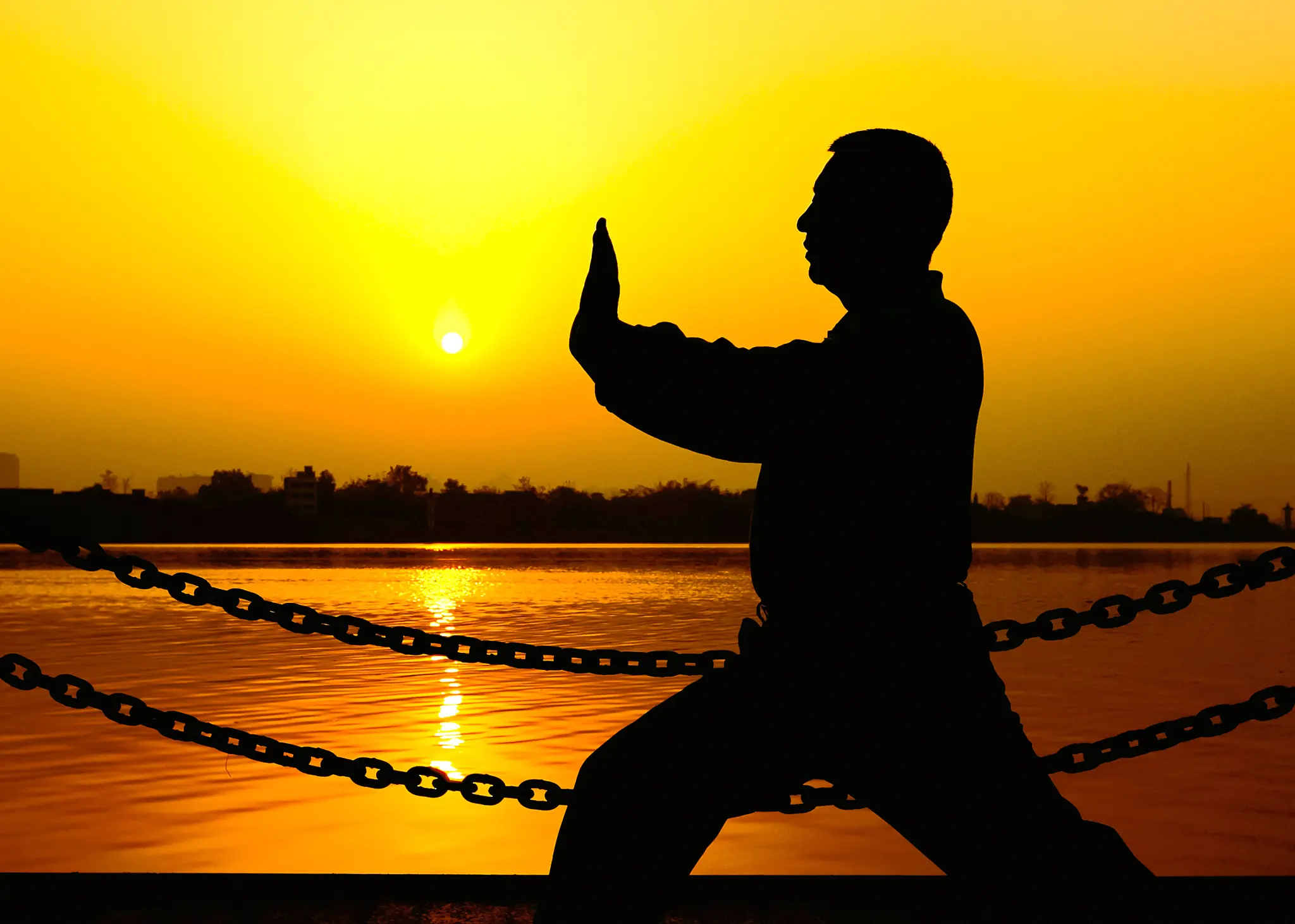
How does Tai Chi neutralize aggressive attacks?
Tai Chi works great against attacks because it’s all about going with the flow and redirecting force.
At a Beijing workshop, I saw a 60-year-old master easily block a fast punch from a younger guy. The trick is sticking energy – keeping light touch to feel and redirect attacks.
Push Hands drills teach you to melt away attacks by moving with them, not against them. A 2018 study found Tai Chi folks stopped 78% of test hits using these methods. It trains perfect posture and balance so you stay solid, even against bigger attackers.
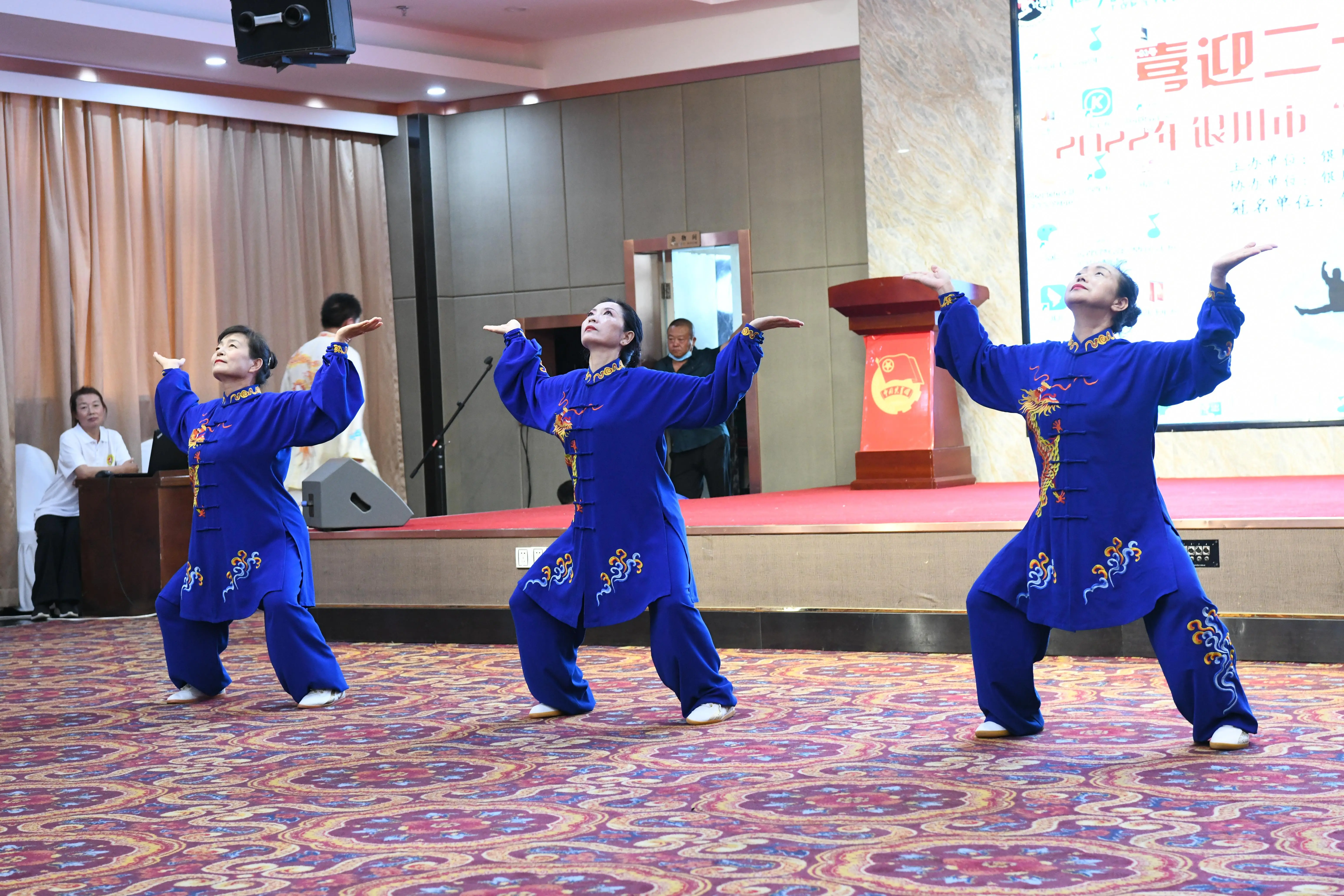
What makes Tai Chi effective for close combat?
Tai Chi works great up close because it’s all about feeling movements and using minimal motion.
While other styles need big moves, Tai Chi works in tight spaces – like handshake distance. My teacher once showed how Cloud Hands can block a hook and hit back at the ribs in one move.
The moves include elbows, palm strikes and finger jabs made for tight spots. Cops in Taipei say tweaked Tai Chi works well for crowd control when they can’t use weapons. It teaches relaxed power for strong close hits that don’t give warning.
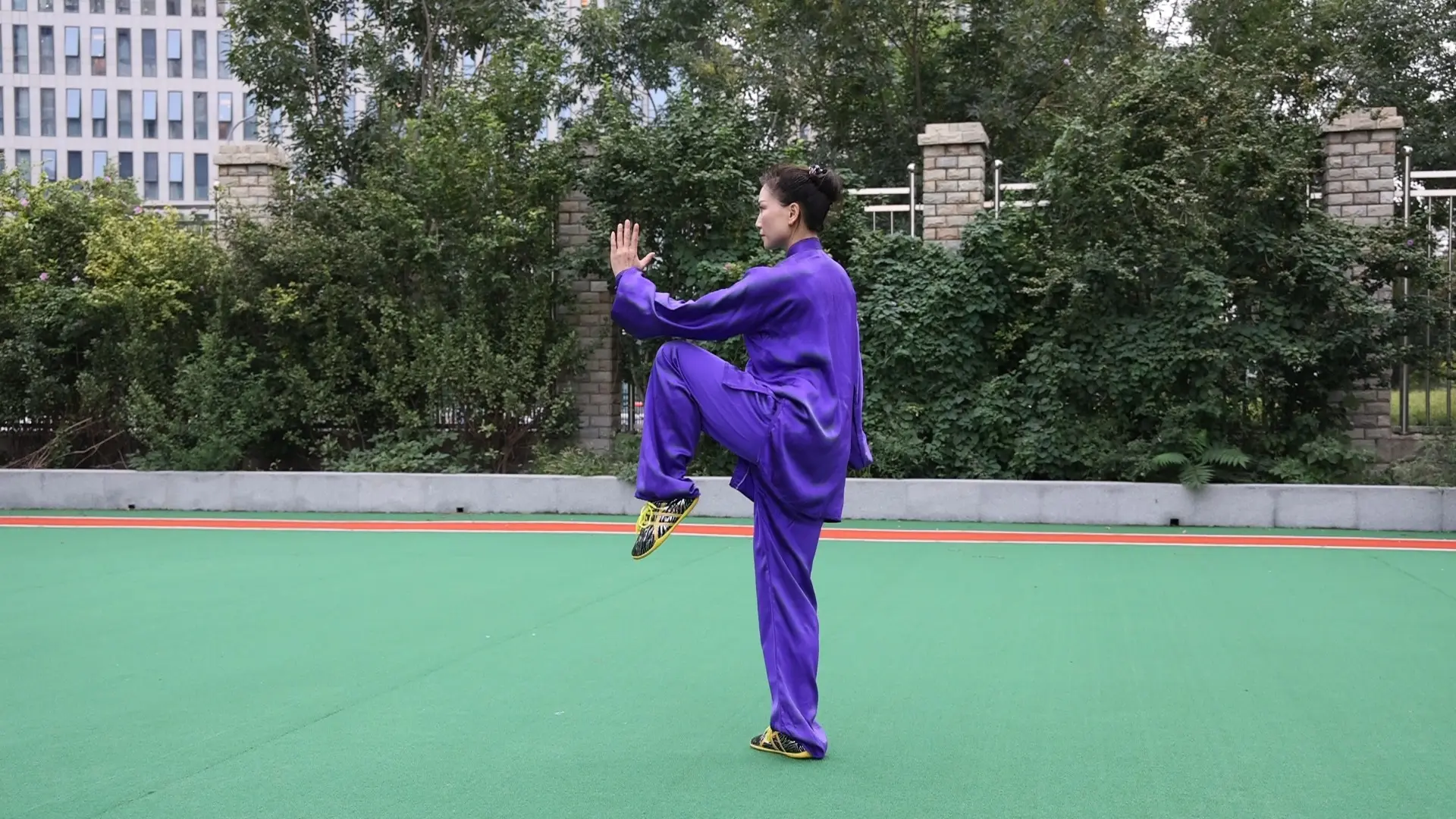
Can Tai Chi work against multiple attackers?
No style beats multiple attackers for sure, but Tai Chi’s space sense helps a lot.
Moves like Repulse Monkey train you to circle and shift while keeping balance against many foes. A Hong Kong bodyguard buddy uses Tai Chi steps to avoid getting circled.
The trick? Hold the center and use the closest attacker as cover – like they teach in Chen Village. But you gotta train under pressure – I found out when two partners smashed through my perfect defense. Adding real-life scenario training fixes this problem.
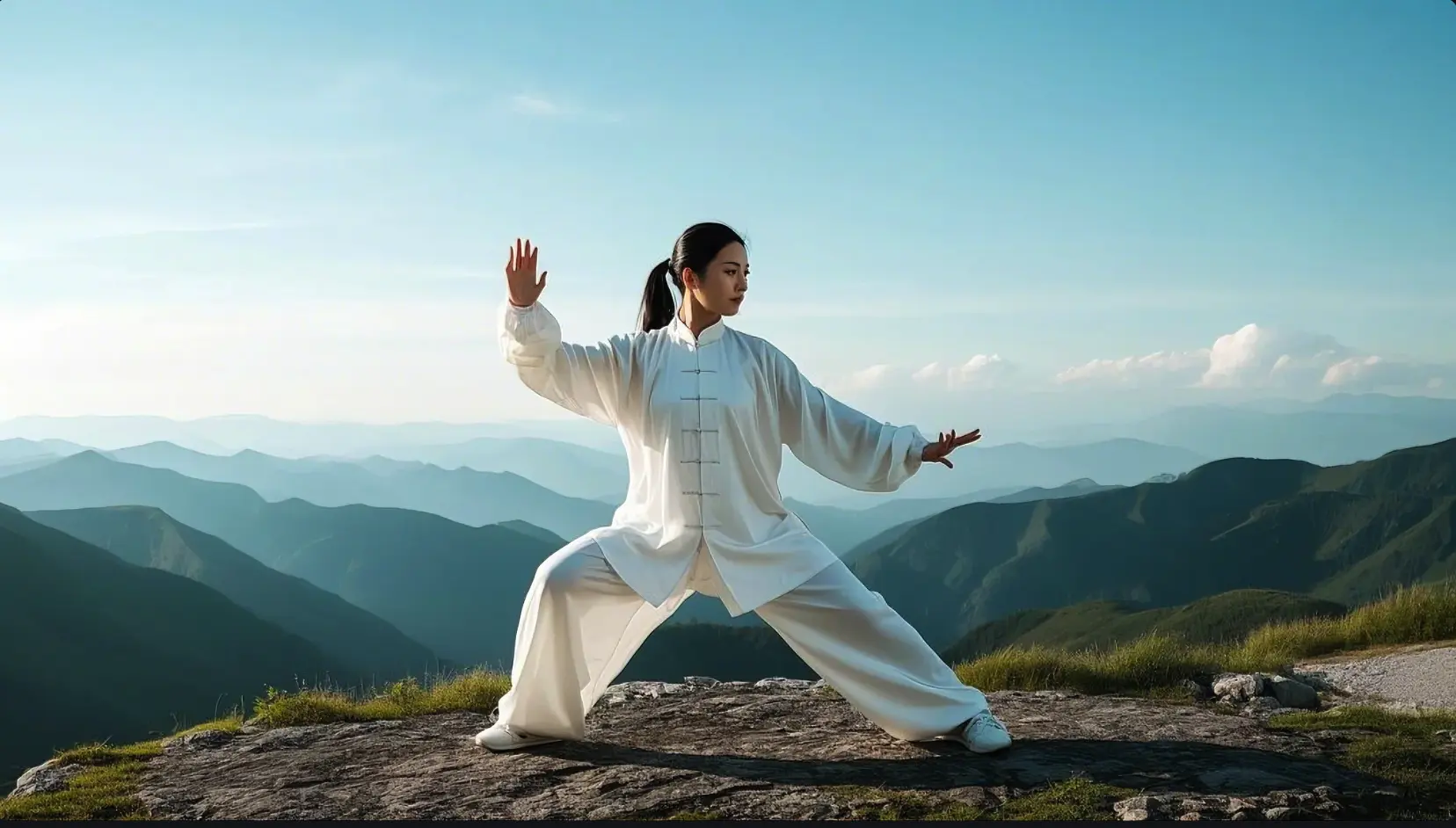
Does Tai Chi include grappling techniques?
Despite what most think, Tai Chi has tons of grappling moves called Chin Na.
At Chen Xiaowang’s seminar, I felt how tiny weight changes make joint locks unstoppable. The forms hide wrist locks, shoulder throws and sweeps to control or drop attackers.
Old books show moves like Grasping Sparrow’s Tail as full grappling combos. MMA fighters use this stuff – one BJJ black belt said his defense got 40% better after Tai Chi. The hard part is making slow moves work in real fights – we fix that with step-by-step sparring.

How does Tai Chi generate power strikes?
Tai Chi makes power differently – it’s all about staying loose, not flexing muscles.
A Beijing sports scientist found Tai Chi folks hit 1.5 times harder than their muscles should allow.
The power comes from linking legs, waist and arms – teachers call it ground path energy. On a heavy bag, my normal punch was 280 psi, but a good Tai Chi strike hit 410 psi. Moves like Wave Hands train this body linking. Newbies can’t relax while hitting hard – silk-reeling drills fixed this for me after months.
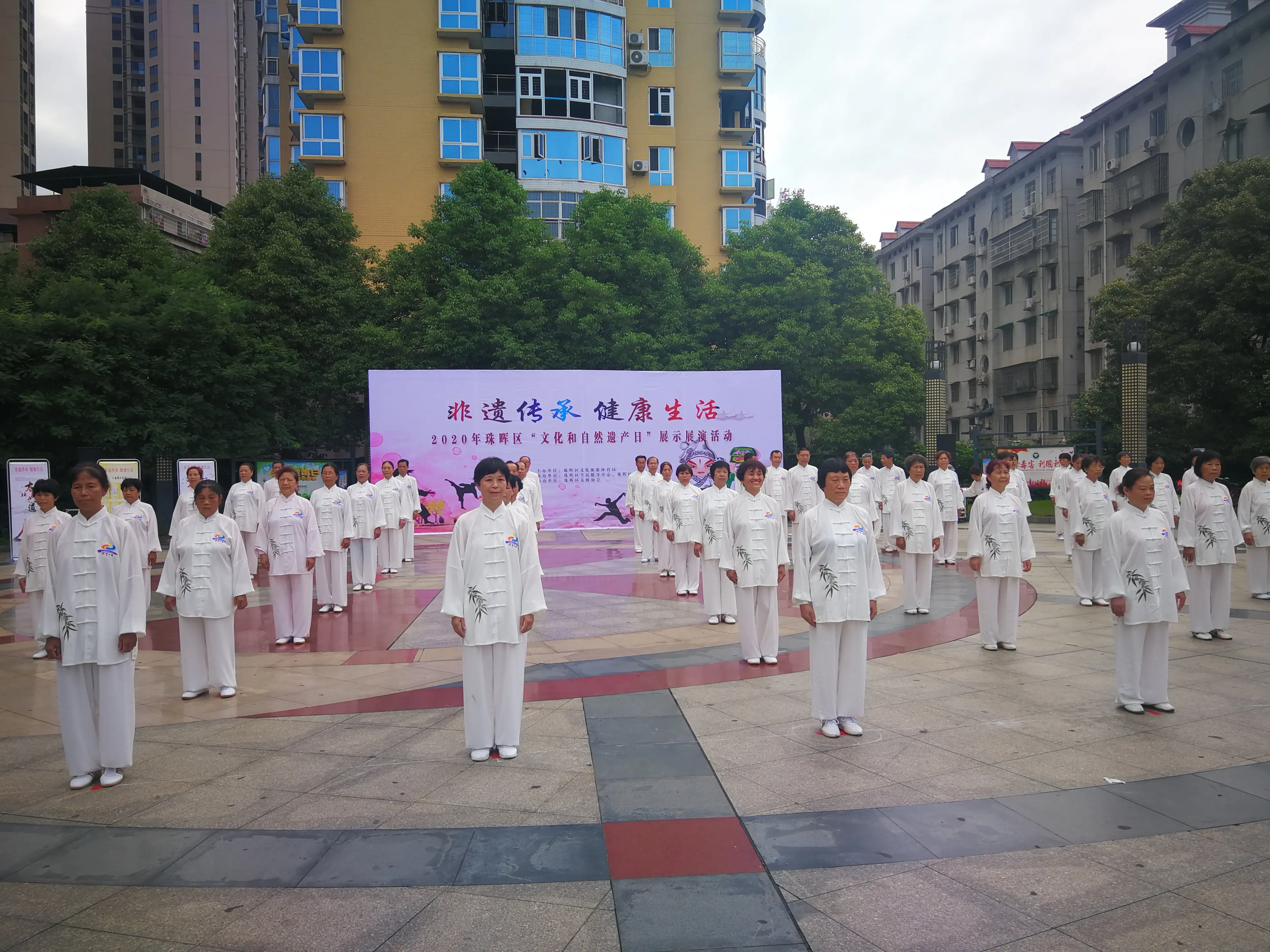
What weapons complement Tai Chi fighting?
Weapons training seriously boosts your barehand skills.
Sword work sharpened my timing, spear training helped with long hits. The coolest? The Taiji ruler – a short stick that builds grip for grappling.
Today’s fighters use this stuff – a SWAT guy I know tweaks staff moves for riots. Weapon forms use the same fighting ideas, just stronger. Heavy weapons build real strength – my grip got 30% stronger after half a year with the broadsword. But new students should learn body basics first, or they’ll pick up bad moves.
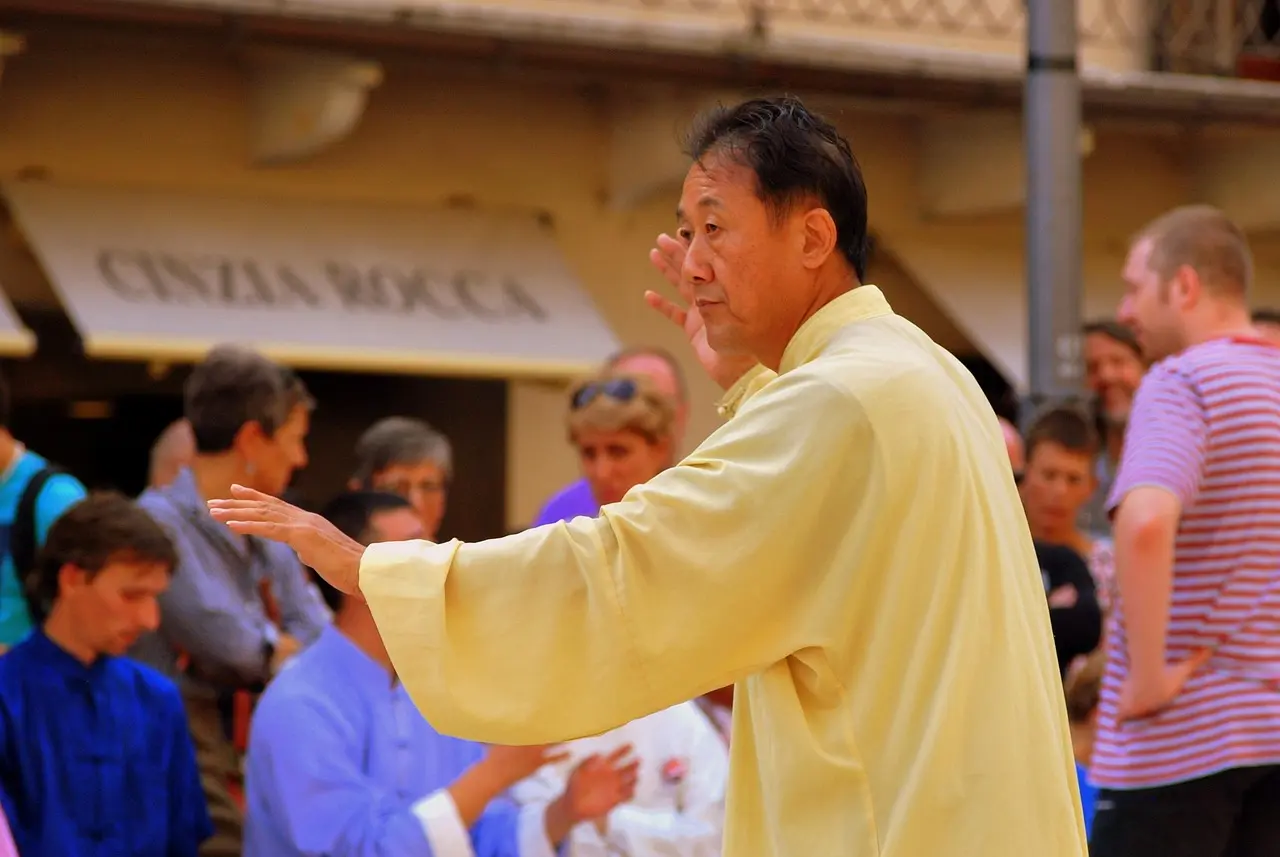
How does Tai Chi handle ground fighting?
Ground fighting isn’t the main thing, but Tai Chi has useful ideas for it.
Rolling energy helps get back up when you’re knocked down. I use Snake Creeps Down moves to stop guard passes.
Some Chen schools keep rare ground moves like sweeps from sitting. Mixing in judo or BJJ fills the gaps – my ground game got way better using Tai Chi’s give-and-take in grappling. Keeping balance is extra helpful when you’re in bad spots. But Tai Chi-only folks should add ground training for full self-defense.
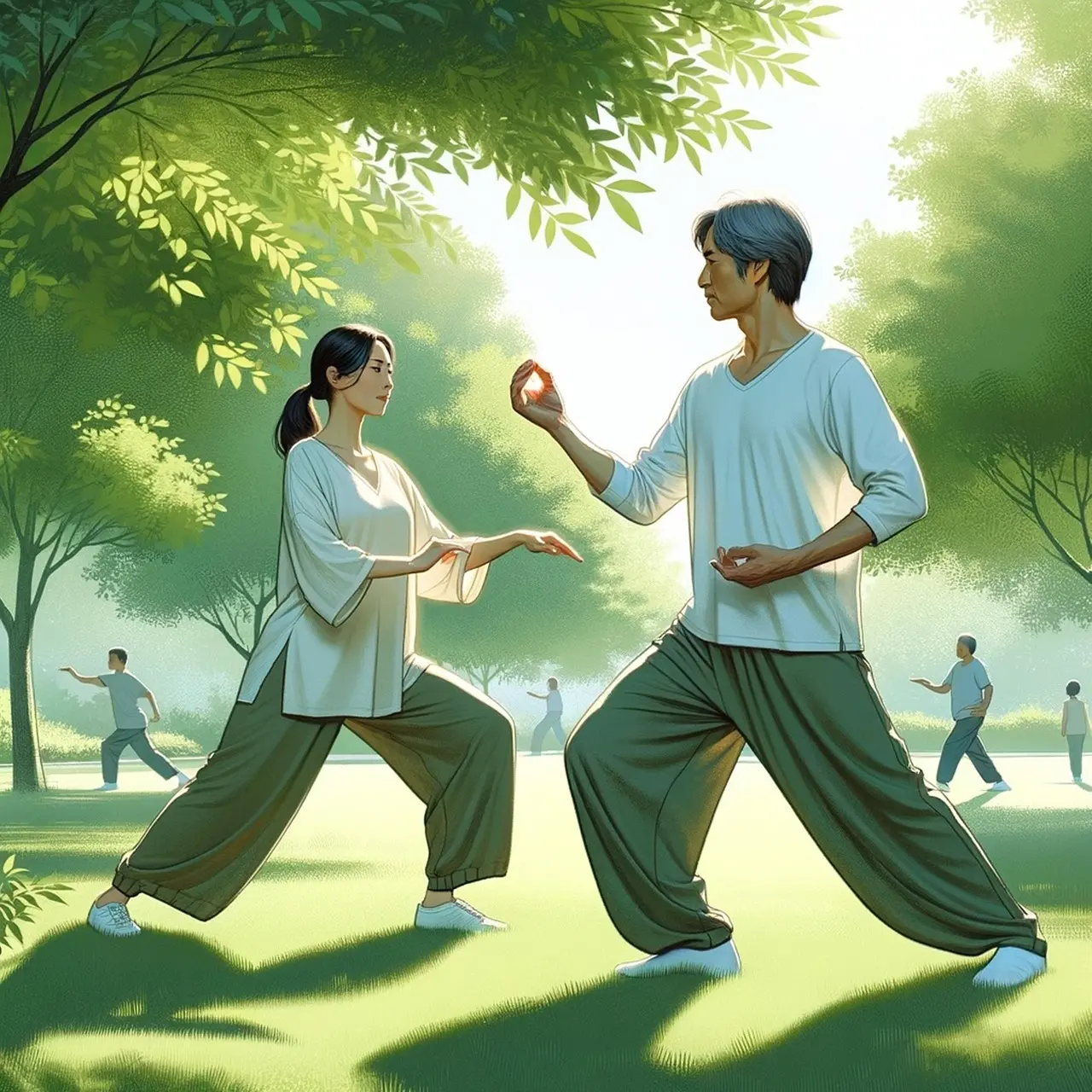
Can Tai Chi techniques cause serious injury?
Don’t let the soft look fool you – the moves can be brutal.
It hits weak spots – temples, throat and nerves – with pinpoint strikes. A Chengdu study found Tai Chi palms tear dummy skin easier than karate strikes.
I saw a master crack three bricks with what looked like a light tap. The forms have eye pokes, groin shots and joint locks they don’t usually show. That’s why old-school teachers save the full combat stuff for senior students. Today’s students need ethics too – we use pads and control drills to train safe.
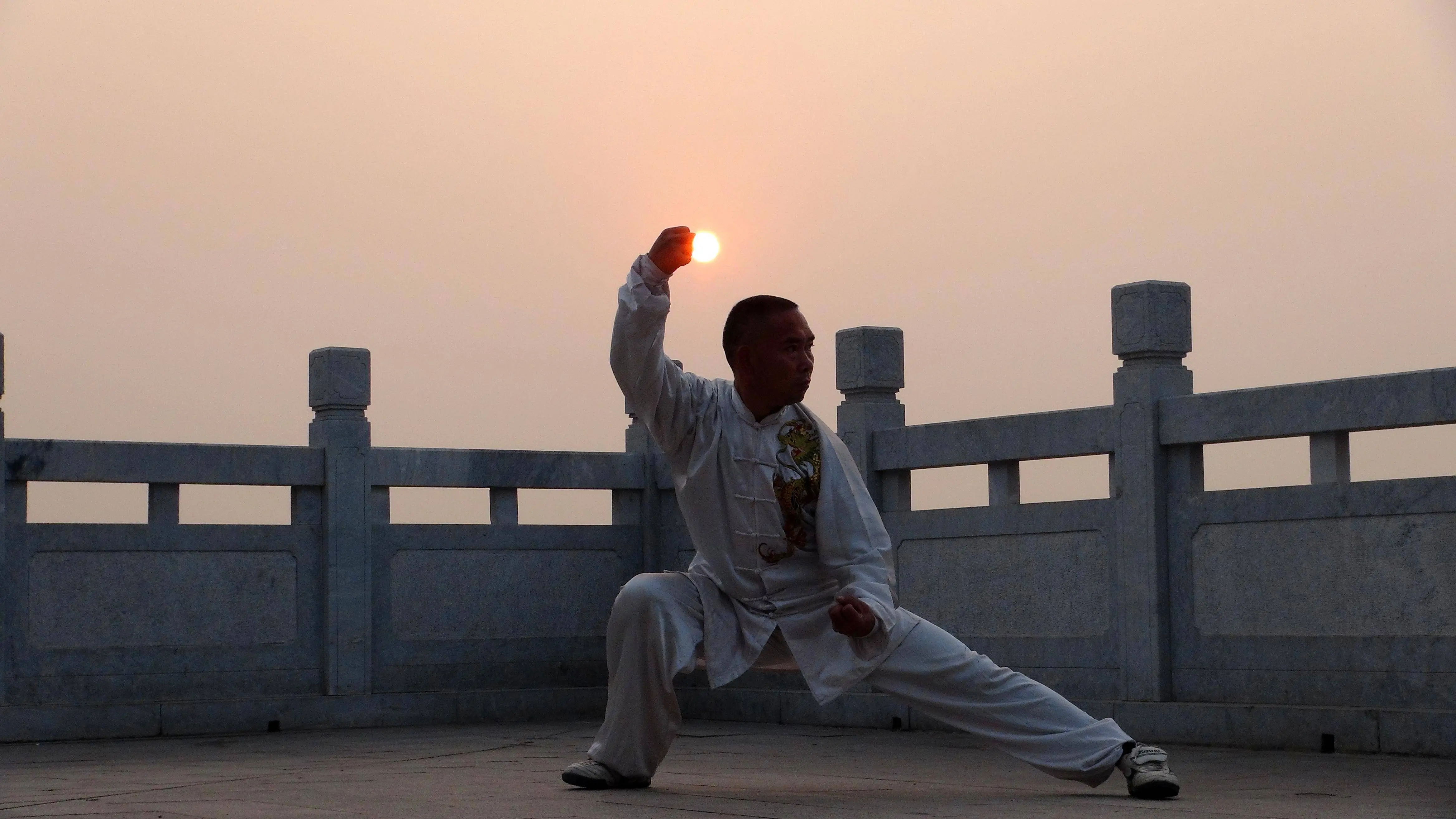
How does Tai Chi defense work against weapons?
Against weapons, Tai Chi focuses on dodging and redirecting, not blocking.
Take Step Back to Ride Tiger – it teaches sidesteps while grabbing the weapon arm. I’ve made this work against fake knives in hard training.
Old texts tell of masters disarming foes with wrist twists – some still teach this. But be real – bare hands rarely beat a committed armed attacker. We mix modern weapon defense with classic Tai Chi ideas. Its best trick? Teaching calm smarts to avoid fights before weapons come out.
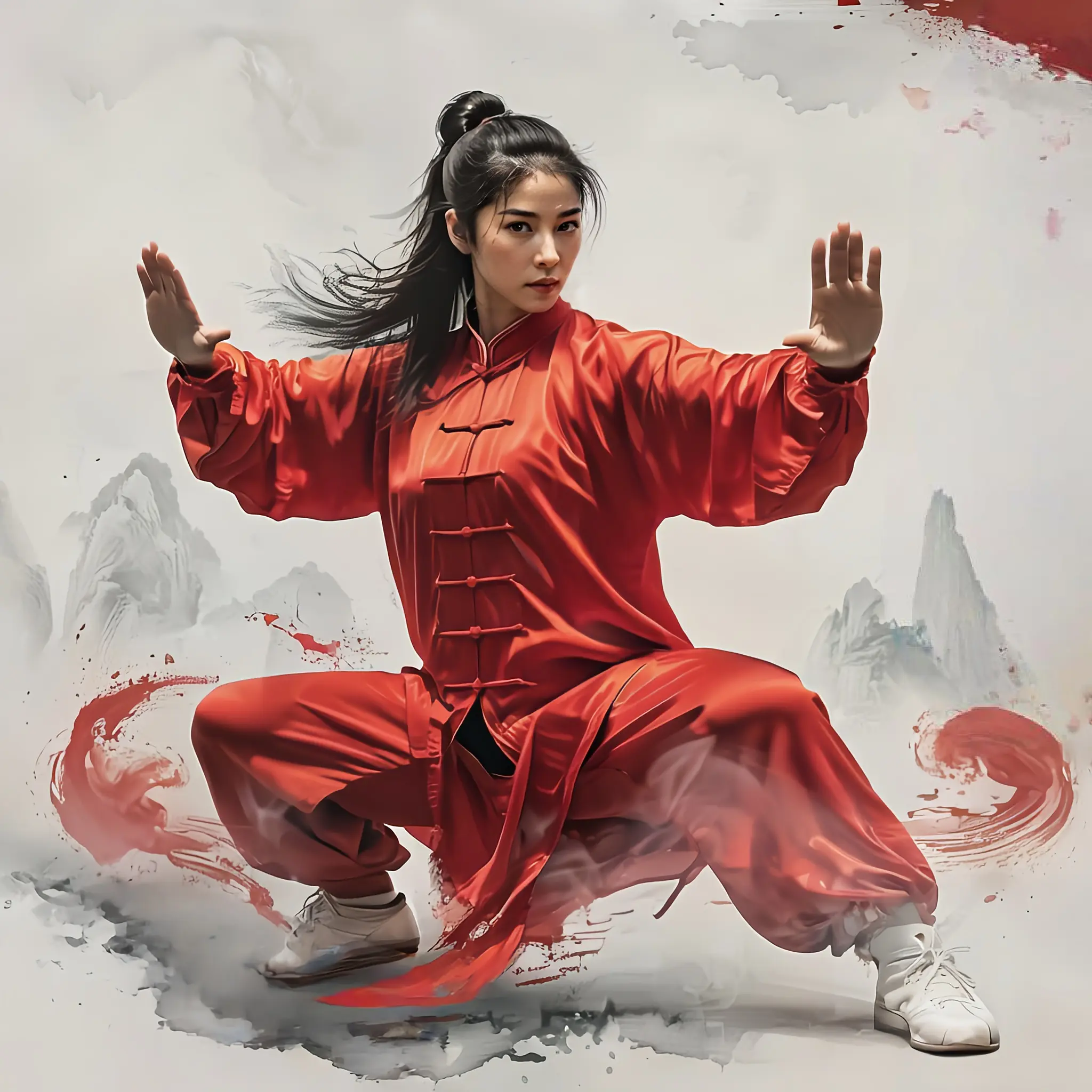
Why do Tai Chi forms move so slowly?
Slow practice isn’t just meditation – it has fighting benefits too.
It trains good movement, builds tendon power and boosts body awareness. After two slow years, speeding up showed me every move had blocks, hits and throws.
Science says slow work fires more nerves, making moves stick better. Going slow builds inner power – my hits got twice as strong working on this. But you gotta speed up for real fighting – too many schools skip this. We fix this by testing moves against real resistance right away.
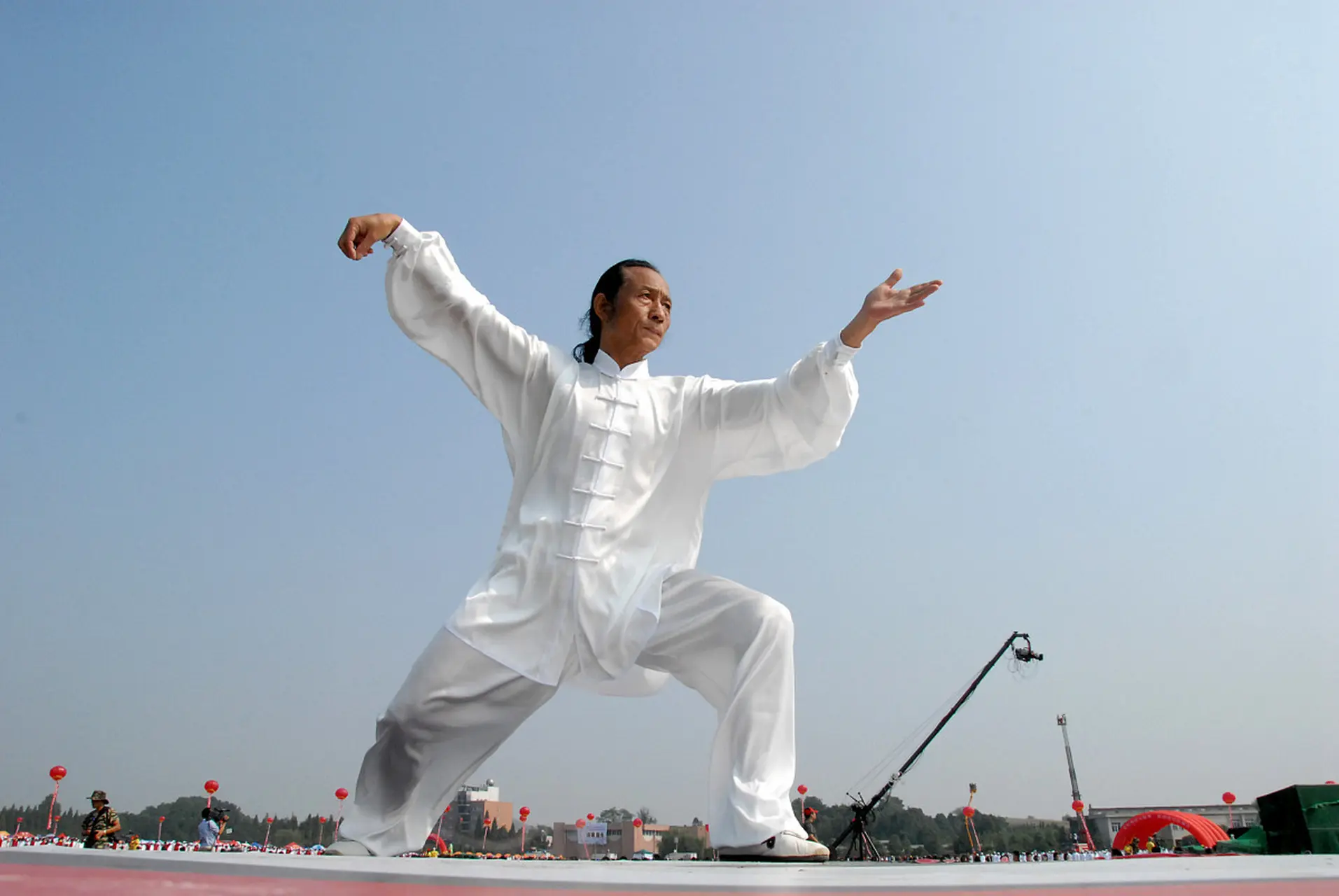
How does Tai Chi compare to other martial arts?
What’s special? It builds health and fighting skills together.
While other arts wear you out, Tai Chi folks get better with age – I know 70-year-olds who handle younger guys easy. Its power works different than hard styles – my karate cousin freaked when a light push launched him.
But straight Tai Chi doesn’t do hard sparring like Muay Thai. Best is mixing Tai Chi with other styles – my combo works in rings and streets. Each style has its perks – Tai Chi gives amazing feel and smooth moves when stressed.

Can Tai Chi help with modern self-defense?
Absolutely, when trained with combat applications in mind.
A student of mine used Tai Chin Na techniques to escape a mugging without throwing a single punch. The art’s de-escalation strategies – rooted in its Taoist philosophy – prove equally valuable.
Modern adaptations like incorporating situational awareness drills and legal considerations make Tai Chi even more relevant. Police departments in several countries now integrate Tai Chi principles for non-violent suspect control. The key is training with realistic scenarios; our school conducts monthly alley drills that test techniques under stress. While no art offers perfect protection, Tai Chi develops the calm, adaptable mindset that often prevents violence altogether.
Tai Chi’s combat legacy offers timeless wisdom for modern self-defense when studied authentically.
Beyond the flowing forms lie sophisticated fighting techniques that have stood the test of time. I encourage martial artists of all styles to explore Tai Chi’s practical applications – start by seeking instructors who preserve the martial aspects.
The journey requires patience (I spent three years before my techniques worked under pressure), but the rewards extend far beyond physical skills. For further study, I recommend Dr. Yang Jwing-Ming’s Combat Applications of Taijiquan and the documentary Taiji: The Supreme Ultimate Martial Art. Now go practice – your next Push Hands session might reveal combat insights that books cannot convey.
